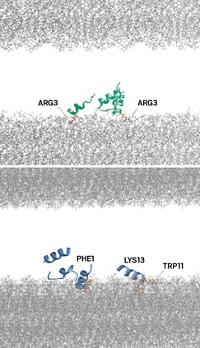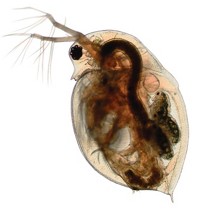Advertisement
Grab your lab coat. Let's get started
Welcome!
Welcome!
Create an account below to get 6 C&EN articles per month, receive newsletters and more - all free.
It seems this is your first time logging in online. Please enter the following information to continue.
As an ACS member you automatically get access to this site. All we need is few more details to create your reading experience.
Not you? Sign in with a different account.
Not you? Sign in with a different account.
ERROR 1
ERROR 1
ERROR 2
ERROR 2
ERROR 2
ERROR 2
ERROR 2
Password and Confirm password must match.
If you have an ACS member number, please enter it here so we can link this account to your membership. (optional)
ERROR 2
ACS values your privacy. By submitting your information, you are gaining access to C&EN and subscribing to our weekly newsletter. We use the information you provide to make your reading experience better, and we will never sell your data to third party members.
Environment
New screening method assesses the impact of low-dose drug mixtures in the environment
Approach suggests previous methods have not accurately determined risks to aquatic life
by Sarah Everts
September 12, 2016
| A version of this story appeared in
Volume 94, Issue 36
Researchers are increasingly concerned about the impact on microorganisms and wildlife from the long-term exposure to low-dose mixtures of antibiotics, lipid regulators, psychiatric drugs, and other medicines that end up in aquatic environments. A new study suggests that existing approaches to studying these environmental risks—which typically measure the risk of individual chemicals separately and then add them together—may not provide a realistic assessment of the harm being done, particularly for low-dose mixtures containing antibiotics. Seeking a better alternative, a team led by Francisca Fernández-Piñas of the Autonomous University of Madrid, Rafael Muñoz-Carpena of the University of Florida, and their collaborators has developed a combined computational and experimental high-throughput screening method that involves studying the effects of chemical mixtures on cyanobacteria, a group of microorganisms found abundantly in water systems (Sci. Adv. 2016, DOI: 10.1126/sciadv.1601272). The team created 180 mixtures of 16 pharmaceutical and personal care product chemicals at nanogram to microgram levels. The researchers modified the cyanobacteria so that they would be bioluminescent and then tracked the toxicity impact of the mixtures by measuring light intensity. For example, the bacteria produce fewer bioluminescent proteins, and thus emit less light, when they are struggling with the toxicity of specific drug mixtures.




Join the conversation
Contact the reporter
Submit a Letter to the Editor for publication
Engage with us on Twitter